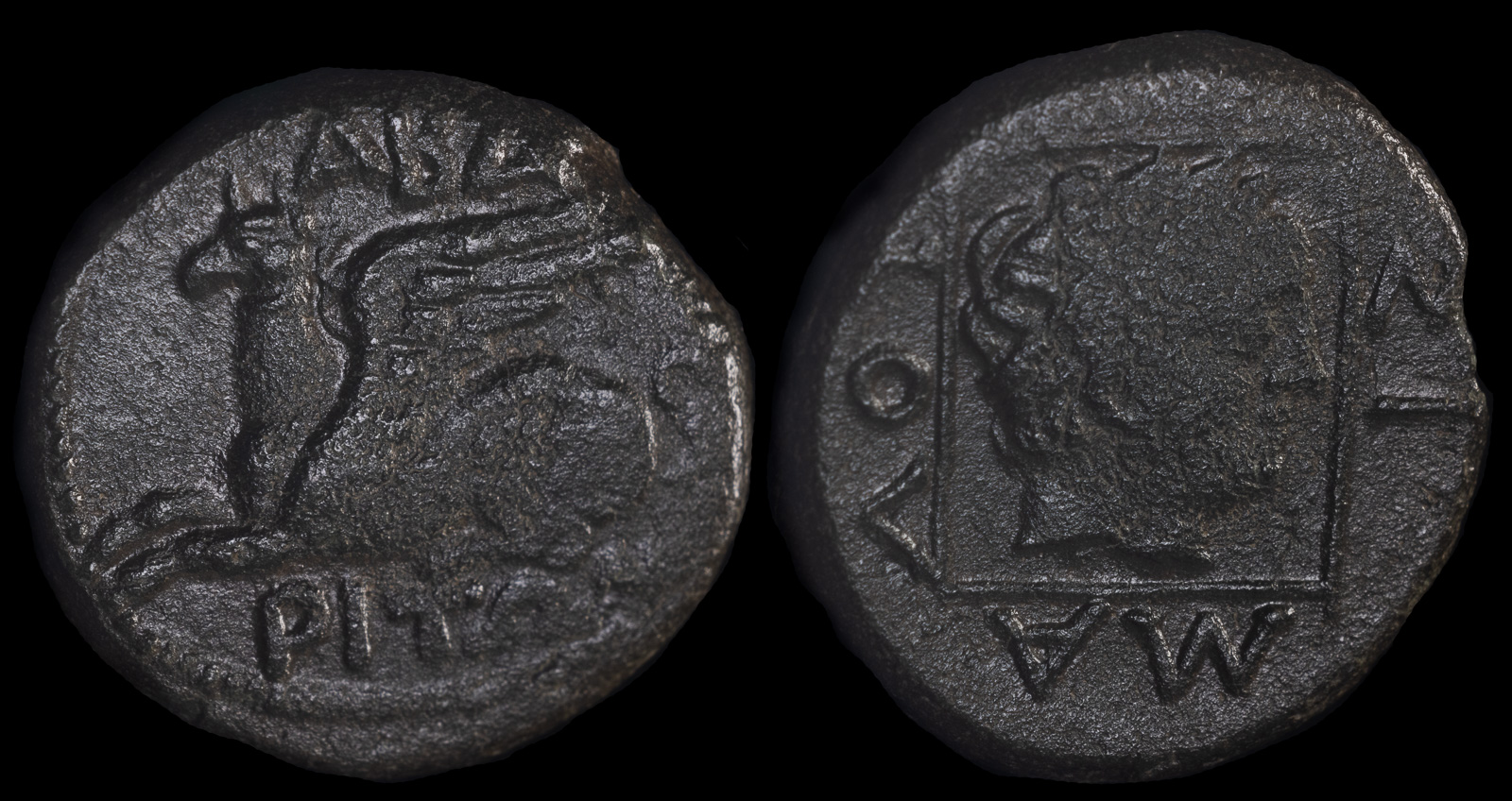Magistrate
View All Tags
In addition, this practice served to establish the legitimacy of the ruling power. When coins bore the name of a magistrate, it confirmed that the currency was officially minted under the authority of a recognized and legitimate ruler or governing body. This was particularly important in times of political transition, when new magistrates were elected or appointed. By linking a new magistrate’s name with coinage, the city-state could demonstrate continuity and stability in governance.
Another reason for including magistrates’ names on coins was to honor and enhance the prestige of the individual magistrates. Holding office in the ancient Greek world was often a position of great honor, and having one’s name inscribed on a coin was a form of recognition and distinction. Magistrates may have viewed the act of having their names on currency as a public acknowledgment of their contribution to the well-being and prosperity of their city-state. This public display also served as a form of personal propaganda, allowing magistrates to enhance their reputations and legacy within the community.
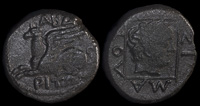
Abdera, Thrace 311-250 BCE
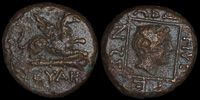
Abdera, Thrace 311-280 BCE

Abdera, Thrace 311-280 BCE

Abdera, Thrace 311-280 BCE
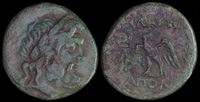
Blaundos, Lydia 200-100 BCE
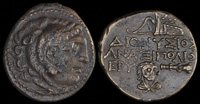
Erythrai, Ionioa 275-220 BCE
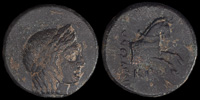
Ionia, Kolophon 330-285 BCE
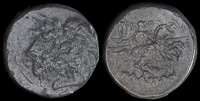
Ionia, Kolophon ca 330-285 BCE
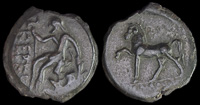
Karkinitis, Tauric Chersonesos 300-290 BCE
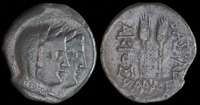
Kings of Scythia, Akrosas 195-190 BCE
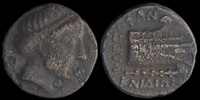
Knidos, Caria 300-200 BCE

Kolophon 285-190 BCE

Kolophon 330-285 BCE
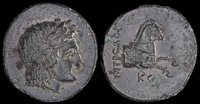
Kolophon 4th century BCE
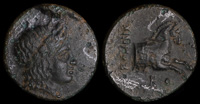
Kolophon, Ionia 330-285 BCE
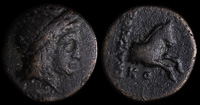
Kolophon, Ionia 330-285 BCE
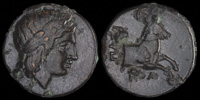
Kolophon, Ionia 330-285 BCE
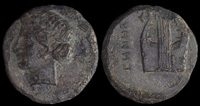
Kolophon, Ionia 330-294 BCE

Kolophon, Ionia 360-330 BCE
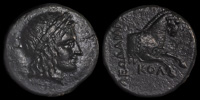
Kolophon, Ionia 360-330 BCE

Kolophon, Ionia 360-330 BCE

Kolophon, Ionia 360-330 BCE

Kyme, Aeolis 250-190 BCE
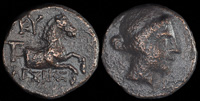
Kyme, Aeolis 250-190 BCE

Kyme, Aeolis 250-190 BCE
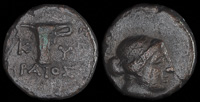
Kyme, Aoelis 350-250 BCE

Kyme, Aoelis 350-250 BCE

Kyme, Aoelis 350-250 BCE

Kyme, Aoelis 350-250 BCE
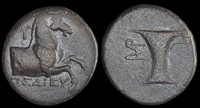
Kyme, Aoelis 350-250 BCE

Larymna, Boeotia 171 BCE
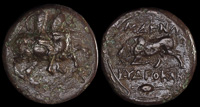
Magnesia ad Maeander 350-200 BCE
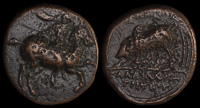
Magnesia ad Maeander 350-200 BCE

Magnesia ad Maeander 350-200 BCE
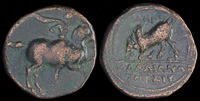
Magnesia ad Maeander ca 350-200 BCE
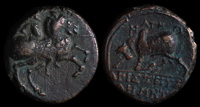
Magnesia ad Maeander, Ionia 350-200 BCE

Magnesia ad Maeandrum 350-200 BCE

Magnesia ad Maeandrum 350-200 BCE
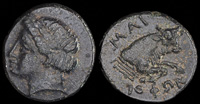
Magnesia ad Maeandrum 350-200 BCE
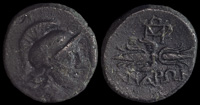
Metropolis, Ionia 100-0 BCE
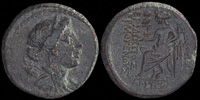
Philadelphia, Lydia 2nd-1st centuries BCE

Philomelion, Phrygia 14-37 CE
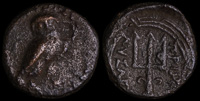
Priene 290-240 BCE
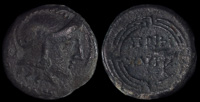
Priene, Ionia 240-170 BCE

Priene, Ionia 300-140 BCE
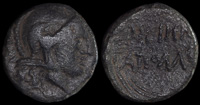
Priene, Ionia 334-320 BCE
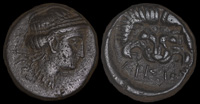
Samos, Ionia 310 BCE
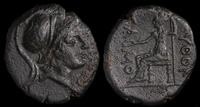
Samothrace 280 BCE
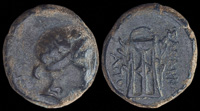
Sanaos, Phrygia mid 2nd-early 1st century BCE
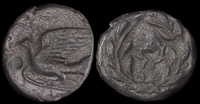
Sikyon, 330-310/5 BCE
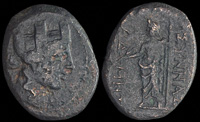
Synnada, Phrygia 2nd-1st centuries BCE
